How to store and maintain your watch
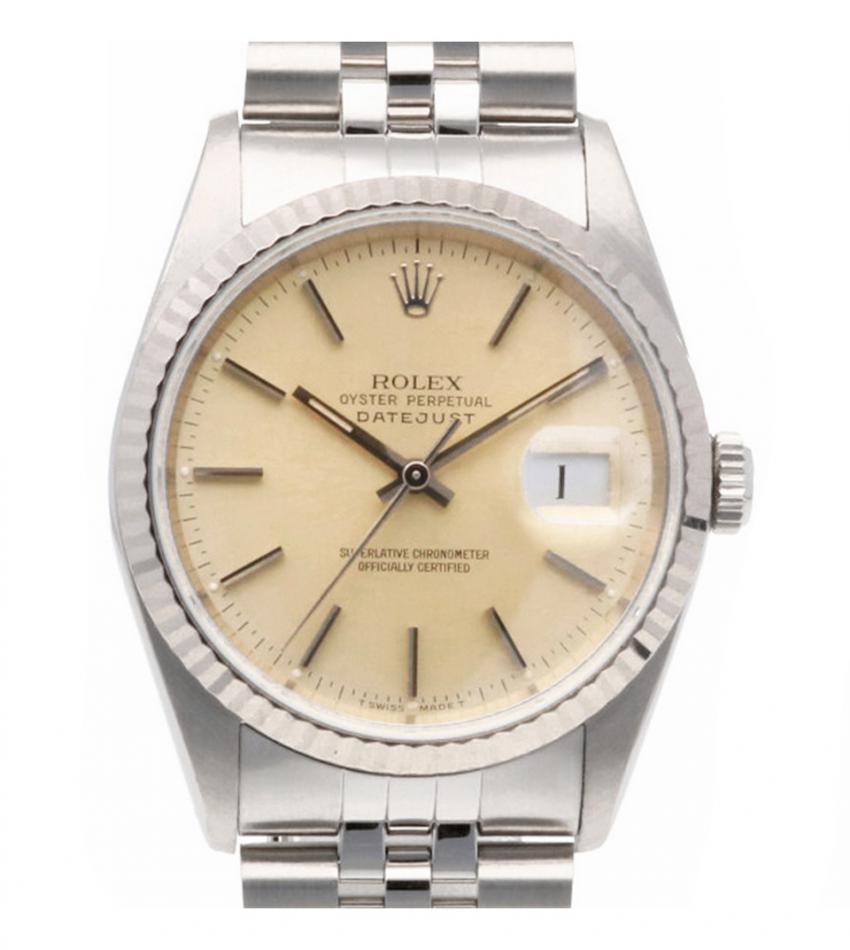
Get storage right
Humidity and dust are the main enemies of watches, so you should keep them in dry, temperature-controlled environments. Humidity can get into watches, and that moisture can destroy dials and cause movements to rust.
Watches should be stored away from light, although some unusual ageing can actually increase their value. Light can sometimes fade black dials on vintage watches to a ‘tropical’ or ‘chocolate’ brown; depending on the brand, model and aesthetics, these ‘tropical’ dials can actually be worth significantly more than black ones.
Watches should be stored away from light, although some unusual ageing can actually increase their value. Light can sometimes fade black dials on vintage watches to a ‘tropical’ or ‘chocolate’ brown; depending on the brand, model and aesthetics, these ‘tropical’ dials can actually be worth significantly more than black ones.
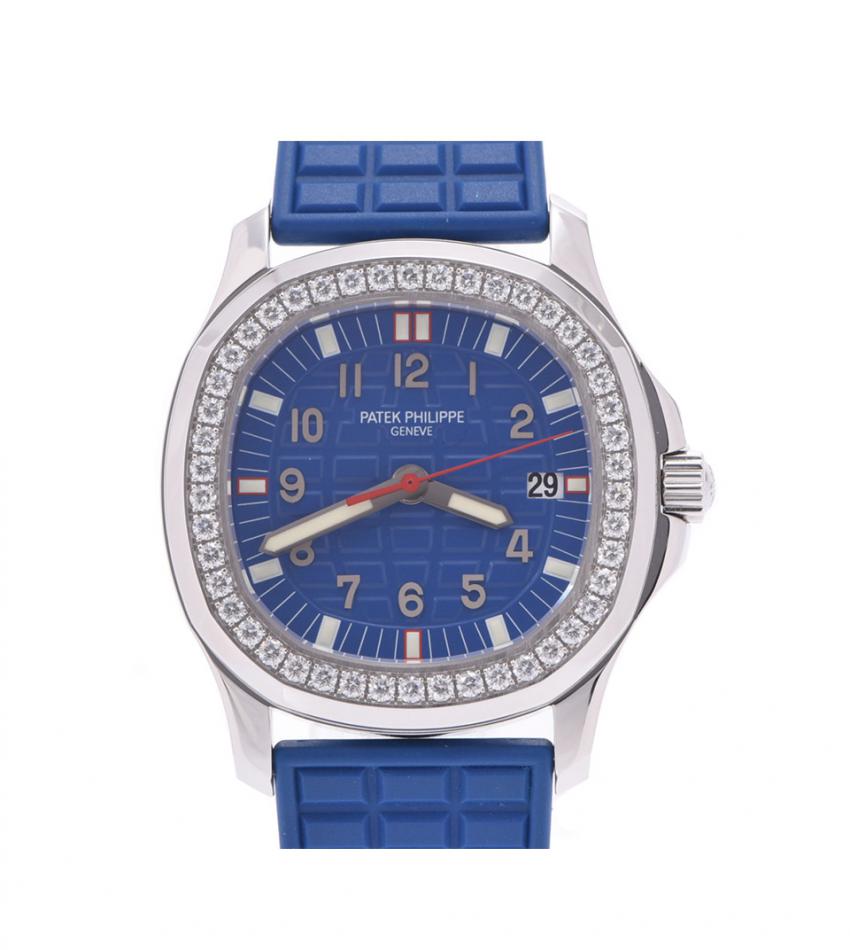
Insure valuable pieces
Owners should properly insure their valuables — unfortunately, because they are small, portable, and fairly liquid assets, watches are often targets for theft. With this in mind, many people store their collections in safes or in bank vaults.
Maintain a separate record of serial numbers and photographs of your watches that you can pass on to the authorities and your insurance agencies should they be stolen. In many cases, you can submit the police reports of watch thefts directly to the watch companies, so if your timepiece ever comes back to them for service, they can return it to you.
There are also websites and forums where you can post information on a stolen watch, with any serial numbers. Potential purchasers who search for the watch’s serial number will be able to discover if it has been stolen.
Maintain a separate record of serial numbers and photographs of your watches that you can pass on to the authorities and your insurance agencies should they be stolen. In many cases, you can submit the police reports of watch thefts directly to the watch companies, so if your timepiece ever comes back to them for service, they can return it to you.
There are also websites and forums where you can post information on a stolen watch, with any serial numbers. Potential purchasers who search for the watch’s serial number will be able to discover if it has been stolen.
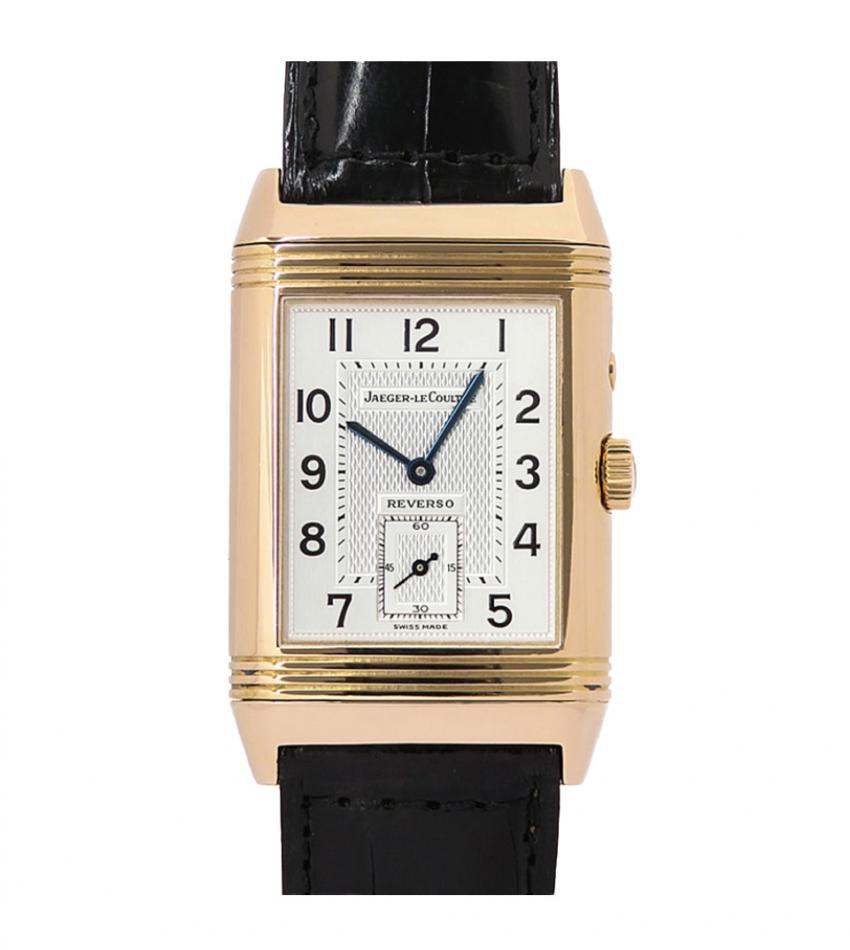
Should you wear valuable watches?
Whether vintage or new, collectors often enjoy wearing their watches — though only under the right circumstances. It depends on the age of the watch— those from the Thirties and Forties can be more sensitive to humidity, depending on the case design, while often with watches from the Sixties onwards you don’t have to worry quite as much.
Water-resistant watches with screw-down case backs tend to hold up better over time, keeping out water, oil, and dust, while vintage chronographs (watches with an integrated stopwatch function) with square pushers are more prone to letting humidity in — more care should be taken when wearing them.
Water-resistant watches with screw-down case backs tend to hold up better over time, keeping out water, oil, and dust, while vintage chronographs (watches with an integrated stopwatch function) with square pushers are more prone to letting humidity in — more care should be taken when wearing them.
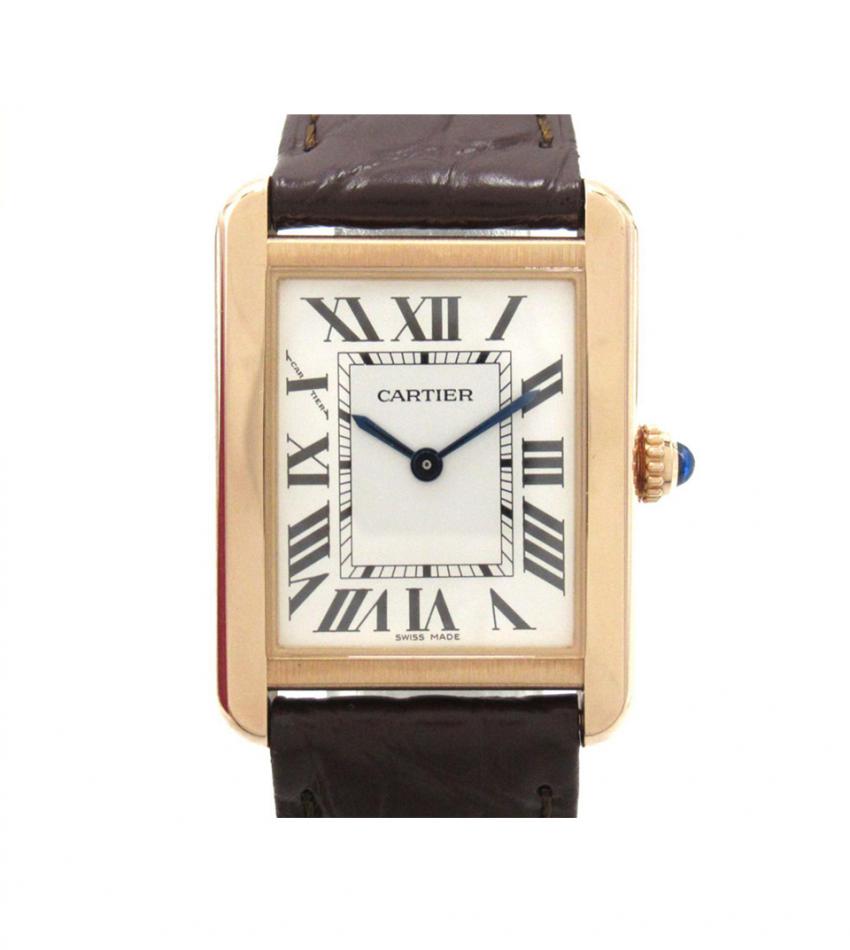
Service regularly
You should have your watch serviced every few years by a reputable specialist. In general, experts suggest having frequently-worn watches serviced every three to five years. If you store a watch properly and only wear it a couple of times a year, it might not need to be serviced quite so regularly. More complex devices, such as chronographs and minute repeaters, may require more frequent and detailed attention if used regularly.
Many manufacturers have watches shipped back to them for in-house services, though you may prefer to seek out a watchmaker closer to you who is endorsed by the brand. Rolex certifies technicians who have gone through its training courses. Finding a good watchmaker is like finding a good tailor — though far more valuable!
Many manufacturers have watches shipped back to them for in-house services, though you may prefer to seek out a watchmaker closer to you who is endorsed by the brand. Rolex certifies technicians who have gone through its training courses. Finding a good watchmaker is like finding a good tailor — though far more valuable!
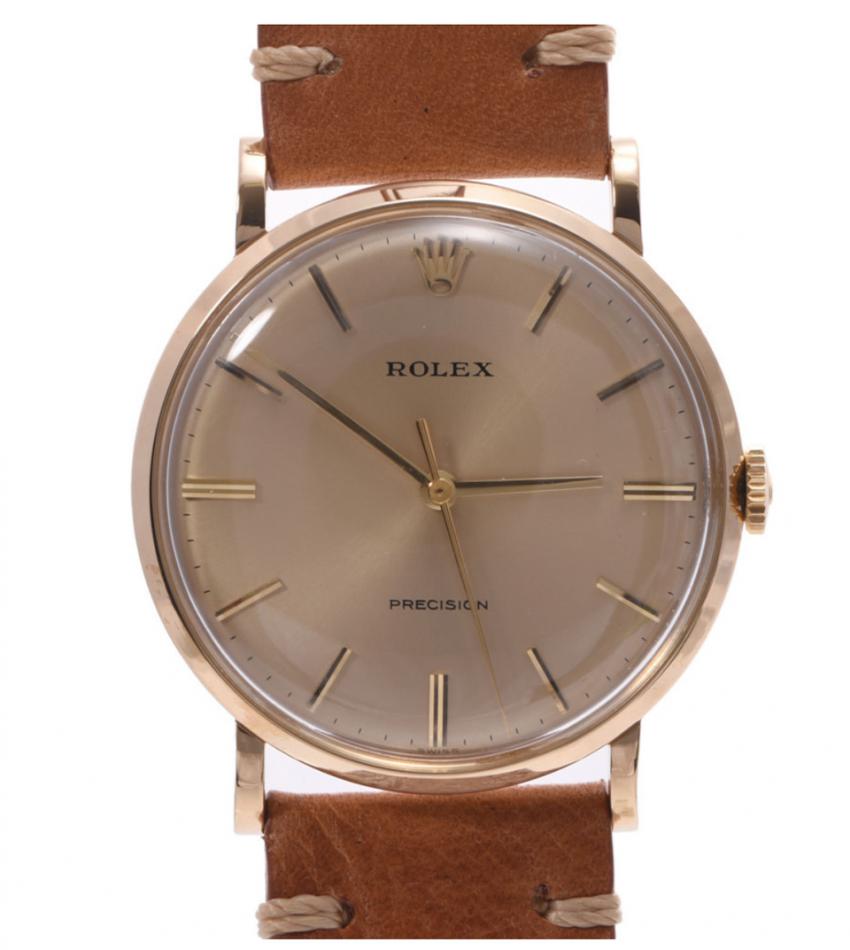
Communicate with your watchmaker
Communicating with one’s watchmaker or the company servicing a watch is critical. If you do not want parts replaced or the watch polished, you absolutely must tell them. Even if you do, mistakes can happen where watches were accidentally polished or had other aesthetic alterations done that significantly damaged the piece’s value and could not be undone.
Having irreparable mistakes made during the service of a watch can bring a collector to tears, which is why a trusted relationship with a watchmaker is essential. Collectors can be more protective of their relationships with a trusted watchmaker than parents with a trusted nanny!
Having irreparable mistakes made during the service of a watch can bring a collector to tears, which is why a trusted relationship with a watchmaker is essential. Collectors can be more protective of their relationships with a trusted watchmaker than parents with a trusted nanny!
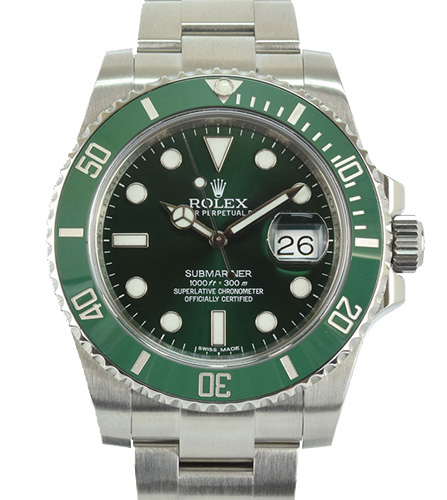
Is professional polishing a good idea?
If you are keen to maintain the value of your watch, as well as choosing a suitable watchmaker to service your piece, you need to tell them exactly what you want doing to it. Originality is paramount, but some professionals will have a sense of a watch’s legacy and want to restore its original appearance.
Restoring a watch to how it used to look can reduce the value of a timepiece, especially if its exterior case is polished, luminous material on a dial is repainted, or original parts are replaced. In watch terminology, the case is the outside of a watch, the area naturally most liable to being affected by polishing.
Instead, it is important to maintain a watch’s original finish, without worrying unduly about nicks and scratches. Watchmakers and technicians often want to polish a watch so it looks brand new, but this can alter the metal’s original finish, remove metal, and alter the original bevels on the edges of the case, which can damage a watch’s value and interest to collectors. Furthermore, after polishing, the lugs can become uneven — one thinner than the other — which, aesthetically, is not as appealing.
Restoring a watch to how it used to look can reduce the value of a timepiece, especially if its exterior case is polished, luminous material on a dial is repainted, or original parts are replaced. In watch terminology, the case is the outside of a watch, the area naturally most liable to being affected by polishing.
Instead, it is important to maintain a watch’s original finish, without worrying unduly about nicks and scratches. Watchmakers and technicians often want to polish a watch so it looks brand new, but this can alter the metal’s original finish, remove metal, and alter the original bevels on the edges of the case, which can damage a watch’s value and interest to collectors. Furthermore, after polishing, the lugs can become uneven — one thinner than the other — which, aesthetically, is not as appealing.
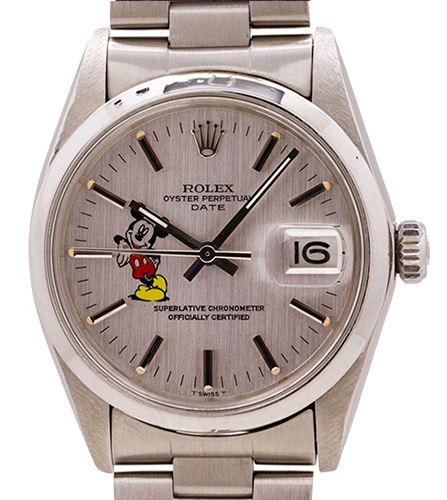
Maintain dials and bezels
Typically most of the value of a watch resides in the dial, so it is vital these remain original if possible. Watches from the 1930s to the 1950s often came with dials painted with radium for luminosity — if they are shipped back to Switzerland for service, the company may not be able to legally re-export them. With certain brands, the only way to get your watch back with the original radium on the dial is to travel to Switzerland and pick it up yourself. Removing the radium material can significantly reduce a watch’s value; the same applies to replacing bezels and crowns.
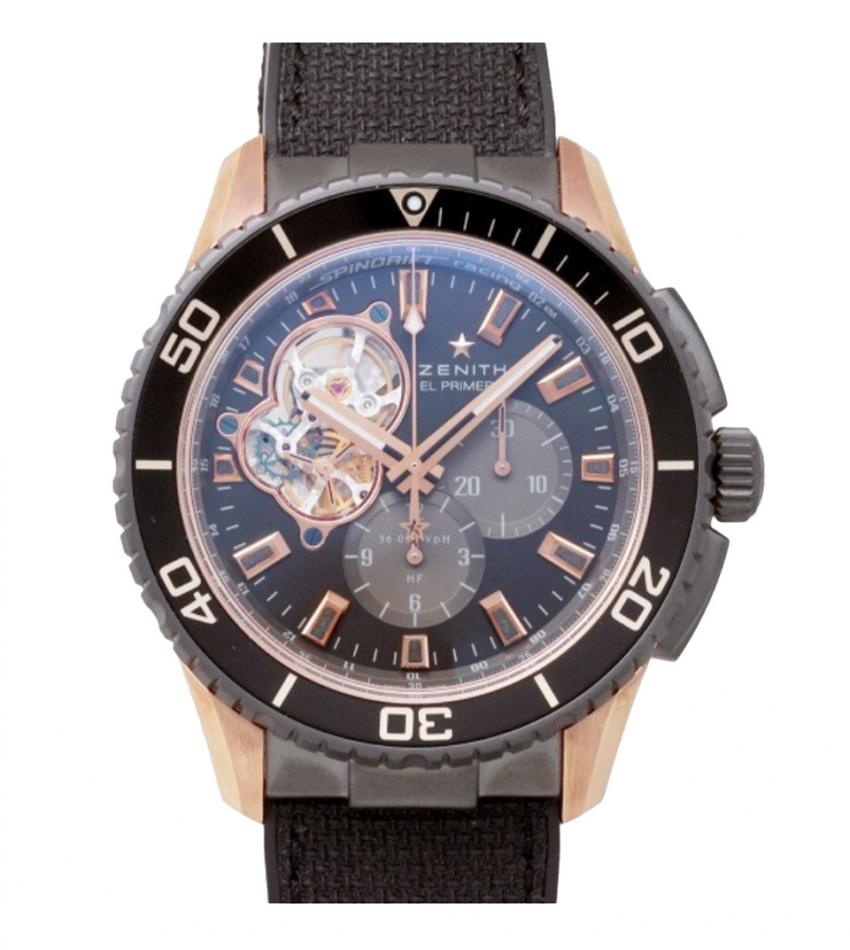
Replace crystals with care
In terms of aesthetic value, crystals are generally among the least important parts of a watch. It is always a plus to have the original crystals but, depending on the watch, collectors can be forgiving about replacements as, when original crystals are scratched or cracked, they can significantly harm a watch’s aesthetics.
The key exceptions to this rule are watches with crystals that are signed, or those for which adequate replacements are unobtainable. Some watches from the Sixties, such as Omegas and Universals, feature crystals with logos at their centre, which collectors prefer to retain. Similarly, some vintage watches, such as Panerais, feature large, domed crystals which are no longer made in the same way, or unusual, non-circular crystals which can be impossible to replace. Having an original, correct crystal, can make all the difference.
At the very least, if you do replace a crystal on a watch, ask the watchmaker or company carrying out the refurbishment to return your timepiece with the original crystal, so that it can be included with the piece if you ever wish to sell or trade in the future.
The key exceptions to this rule are watches with crystals that are signed, or those for which adequate replacements are unobtainable. Some watches from the Sixties, such as Omegas and Universals, feature crystals with logos at their centre, which collectors prefer to retain. Similarly, some vintage watches, such as Panerais, feature large, domed crystals which are no longer made in the same way, or unusual, non-circular crystals which can be impossible to replace. Having an original, correct crystal, can make all the difference.
At the very least, if you do replace a crystal on a watch, ask the watchmaker or company carrying out the refurbishment to return your timepiece with the original crystal, so that it can be included with the piece if you ever wish to sell or trade in the future.
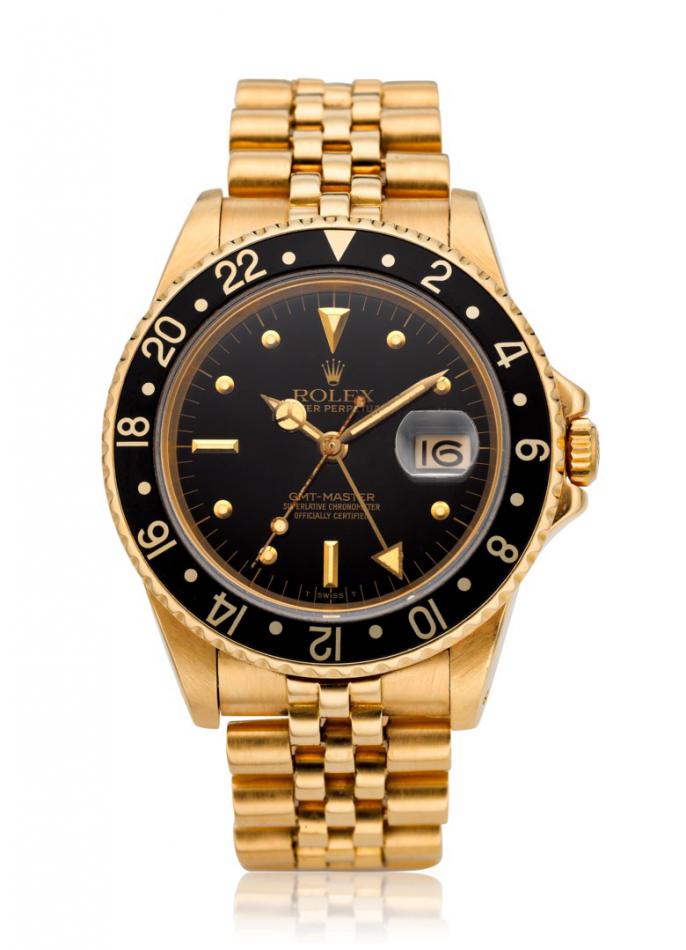
Where possible, keep original bracelets
Original bracelets are of increasing value to collectors. Sometimes they provide important aesthetic features, such as those made for Patek Philippe, Rolex and other brands by Gay Frères. More and more collectors want to have their watches with the authentic bracelets, both for how they look and how they wear.
It is extremely rare to find an appropriate strap on a vintage watch, since they are typically worn out and replaced over time — but they are always a plus for collectors.
It is extremely rare to find an appropriate strap on a vintage watch, since they are typically worn out and replaced over time — but they are always a plus for collectors.
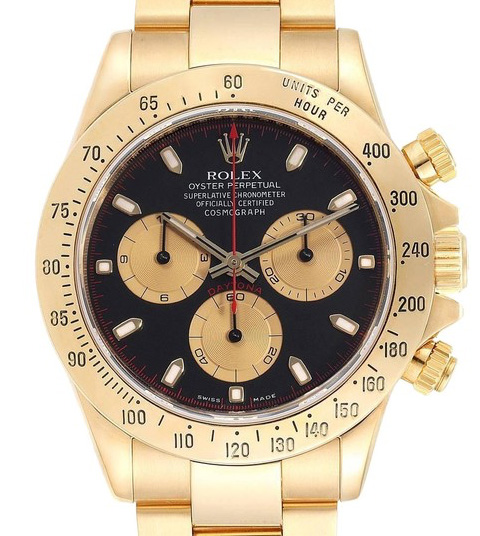
Look after movements
Movements are the engine of a watch and, as such, need to be kept in good working order; this is where trusted watchmakers earn their money. If the parts of a watch come into contact with dust or moisture, or lose their lubrication, they may become damaged.
The number of individual components in a movement can run into the hundreds. Skilled technicians are able to fully disassemble a watch, cleaning and re-lubricating parts as needed. Watchmakers can then reassemble the piece and adjust its timing. People want to keep their watches running as cleanly and as accurately as possible, and reputable watchmakers have the tools to achieve that.
The number of individual components in a movement can run into the hundreds. Skilled technicians are able to fully disassemble a watch, cleaning and re-lubricating parts as needed. Watchmakers can then reassemble the piece and adjust its timing. People want to keep their watches running as cleanly and as accurately as possible, and reputable watchmakers have the tools to achieve that.


